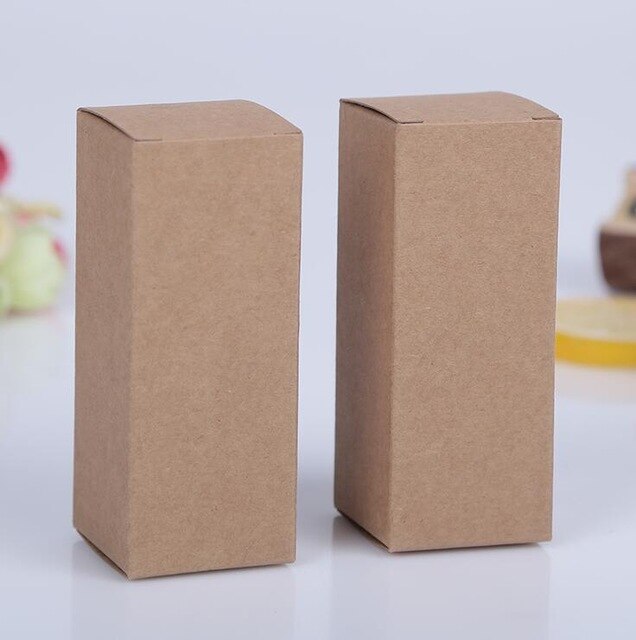Deciding on your new home is one of the biggest life decisions to make. It’s not just about relocating and rearranging your furniture but also about a shift in your perspective, along with incremental changes in your routine.
Settling in a new, unfamiliar place might take a lot of getting used to, but choosing your soon-to-be home shouldn’t aggravate your frustrations. It’s important you are worry-free before you step on your new welcome mat, don’t you think?
When house-hunting, a good rule of thumb is to think about your future and what’s best for you. Don’t settle for less. Make sure your new house is a sturdy one and most importantly comfortable and safe. After all, it’s where you’ll be spending most of your time outside work and should remind you of a good place to reconnect with your loved ones and to wind down.
But don’t worry! House-hunting doesn’t always have to be complicated. Here are tips that you, and even a critical house hunter, should know when deciding on a new home:
Do you want a big house with extra space? How about a compact-sized house for a big household? Just what exactly does an average American household look like? As per The Zebra, “Although the size of the average American home has grown bigger and bigger, household sizes have actually decreased.”
It’s important to know that a big house means more responsibilities for the owner. We are talking about higher taxes and expensive home maintenance. On the other hand, living in a tiny home, which has become a growing trend nowadays, also has its drawbacks, such as limited storage and living space (in case you didn’t know).
To eliminate the cognitive dissonance, you must decide on the right-sized house, taking into account the economical sustainability of the owner and their lifestyle and future goals. Focus on what you need. Make sure you don’t feel cramped nor have to put up with underutilized space.
Remember, your new house should improve your quality of life, not the opposite. Hence, a good-structured house is a precursor to a good home. As much as possible, an ample amount of time should be invested in house inspection as this would favor you in the long run. To start you off, follow these tips:
- Check for exterior and interior structural damages:
- Roof. Look for any signs of water damage, mold growth, rust, clogged gutters, and material deterioration.
- Basement. Look for any cracks and leaks. This would lead to further water damage and mold growth, thus giving you that musty smell.
- Walls. Water damage and pest infestation are common problems in walls. If needed, a keen eye from a home pest control expert will help you determine the areas in the house that need an inspection.
- Check for broken pipes and leaks. Pipe leaks not only can have negative effects on your health but also result in major structural damage. A small leak could be easily overlooked, but in this case, your water isn’t going anywhere but out.
- Check the existing HVAC system. Seasonal changes are very unpredictable, and so is the HVAC system sometimes. Whether it’s too hot or cold outside, most likely it’s one of the most frequently used appliances at home. See if it’s working properly or needs repair.
- Check the electrical system. As per the National Fire Protection Association, “Electrical failures or malfunctions were the second leading cause of U.S. home fires in 2012–2016.” Electrical work is in and of itself hazardous. You might want to consider skipping the DIY work for this one and leave this to the experts.
Are you planning on inviting guests in the future? Or is it already packed inside the house?
When house-hunting, be sure to inspect for any pest infestation. Depending on the extent of the structural damage caused by pest infestation, it can cost you dearly. See if the walls have been properly maintained or as much as possible are pest resistant.
Especially if your home is primarily made of wood, your interior walls can house a plethora of common pests like termites.
As your new home is already up and running, avoid future termite infestation using quality termite treatments. Better yet, invest in pest control services in the future, such as termite pest control.
Conclusion
Buying your next home is never easy, let alone dealing with the stress of moving and adjusting to a new environment. Truth is, you will always be susceptible to change—and the same goes for anybody who’s venturing on moving to a new place. Whether it is peace of mind or a paradigm shift you’re after, these tips will guide you through the process of house-hunting.




